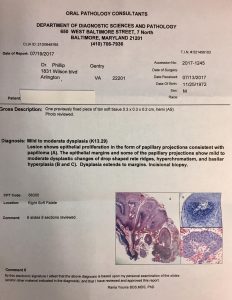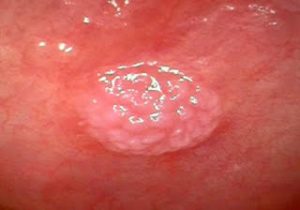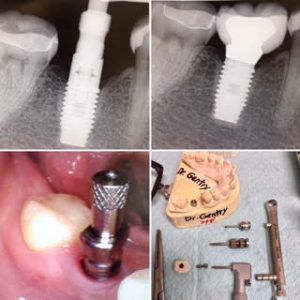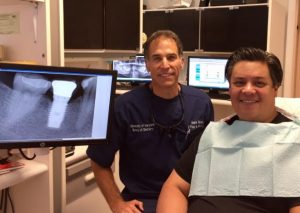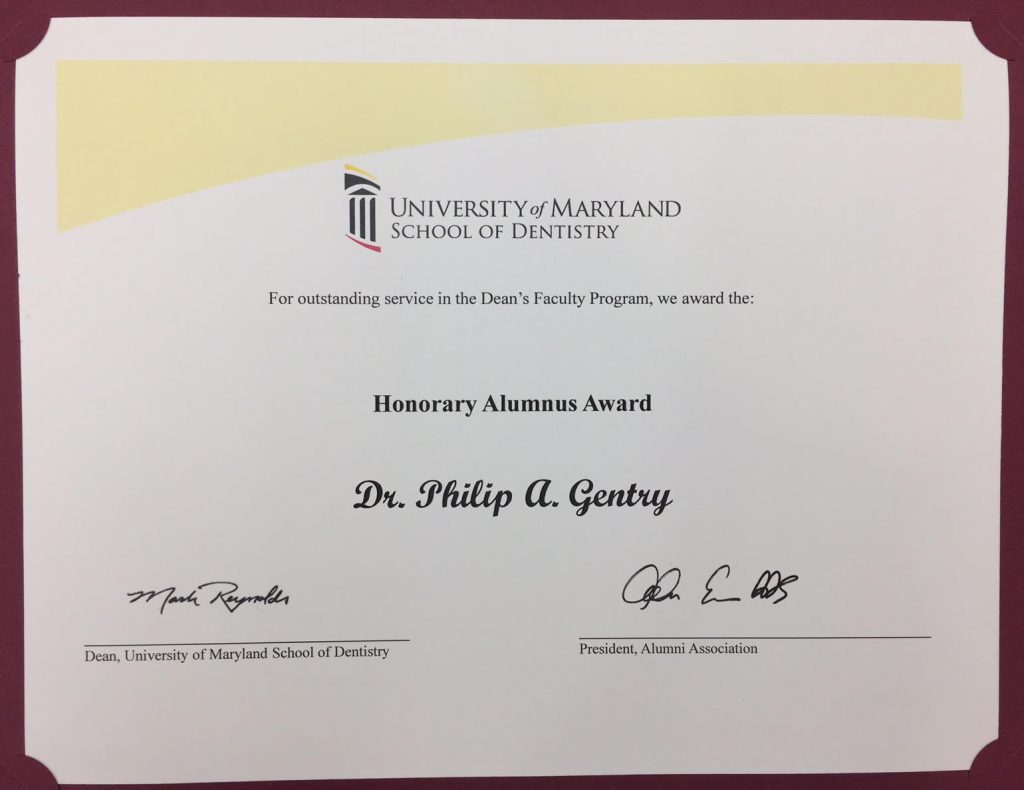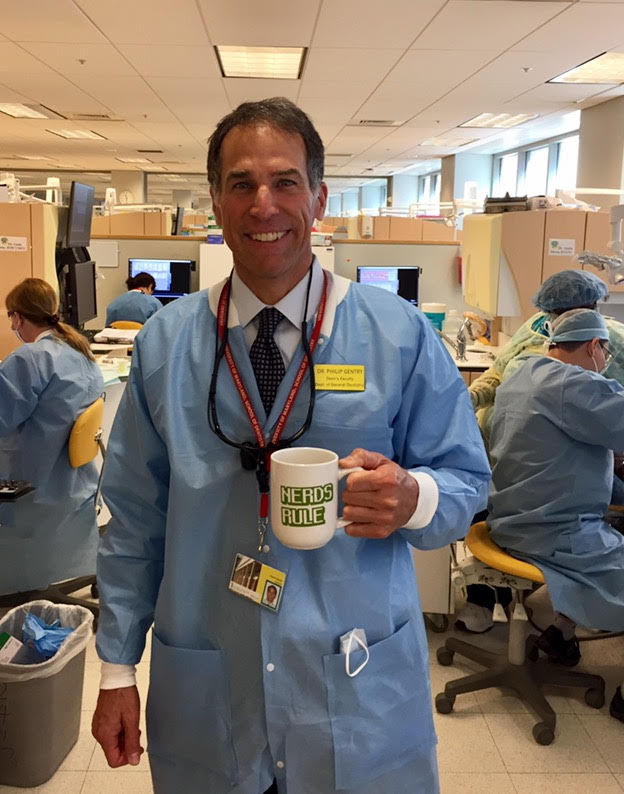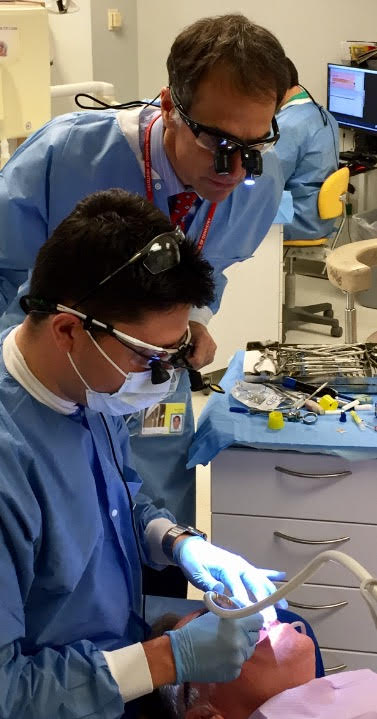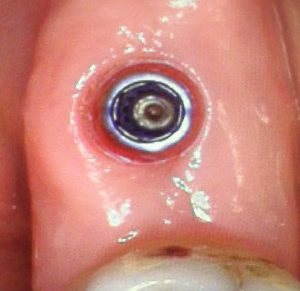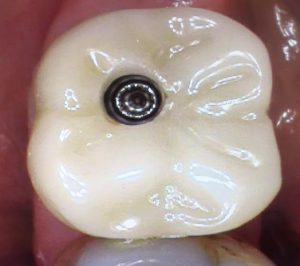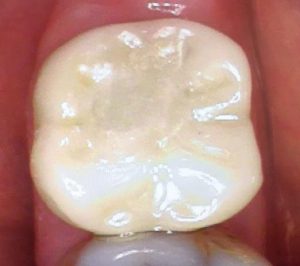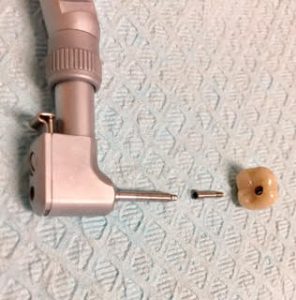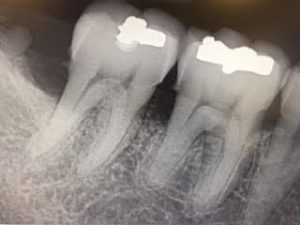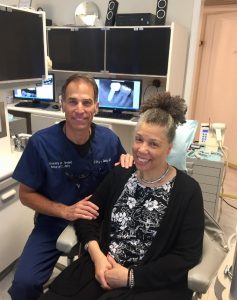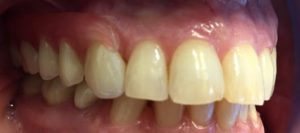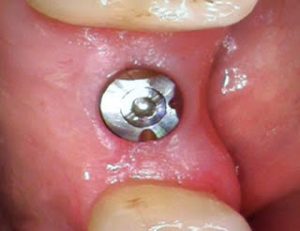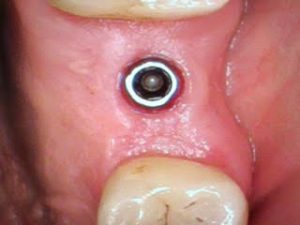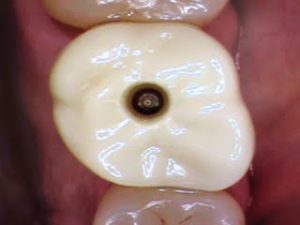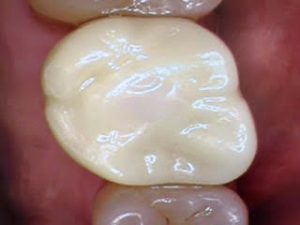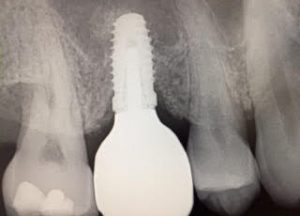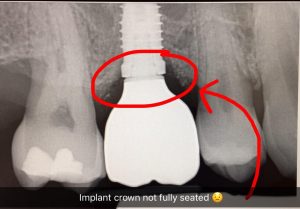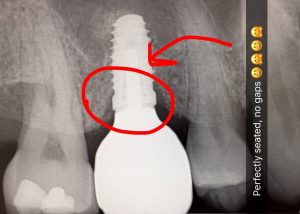
Dr. Gentry with his dog, Luna, who often accompanies him to the office
Want to keep your pooch’s pearly whites in tip-top condition? Local dentist (and devoted dog owner) Philip Gentry offers this step-by-step advice for keeping Fido’s smile healthy and clean:
1. Use a specially designed dog toothbrush and pet toothpaste. Never, never, use human toothpaste. It’s not meant to be swallowed and will irritate a dog’s stomach. Two brands that I recommend are Sentry Petrodex Enzymatic toothpaste for dogs (poultry or peanut butter flavor) or Arm & Hammer’s Advanced Pet Care Enzymatic dog toothpaste (chicken or beef flavor).
2. Gently introduce the toothpaste by allowing your dog to lick it off your finger. Do this first, before you bring a toothbrush into the picture.
3. Next, use your finger to rub the toothpaste around the outside of the teeth and gums. Avoid the inside surface so as not to be bitten.
4. Once your dog gets used to the drill, you can introduce a toothbrush. Be sure to consider the size of your dog when choosing a toothbrush (smaller brush and head for a small dog; larger and longer brush for a bigger dog). Look for a soft brush that has bristles on both sides of the handle. Pet stores also sell finger brushes that fit over your fingertip.
5. Brush daily at a relaxed time in a location with plenty of light. Start brushing the front teeth and work backward, moving the brush in a circular motion. Lift the dog’s lip so you can see better.
6. Reward your pup with praise and petting. Make it a fun experience. It’s okay to give treats, too—ideally dental chews that are specifically designed to remove plaque and tartar. I like Greenies brand.
7. Avoid giving your dog table scraps and sweets. They will cause plaque build-up, decay and gum disease. Note: the sweetener Xylitol (which is found in candy, gum, human toothpaste, certain protein bars and other products) is toxic to dogs! Click here for a complete list of products that contain Xylitol.
8. Don’t stress if you can’t reach all of your dog’s teeth. Start the very first brushing with a goal of doing 10 seconds on the front teeth. Then work your way up to one minute, brushing all the teeth.
Related Stories:
How Much Would You Spend on Your Pet?
Guide to Local Pet Businesses
Arlington’s Cutest Pet Contest 2017



